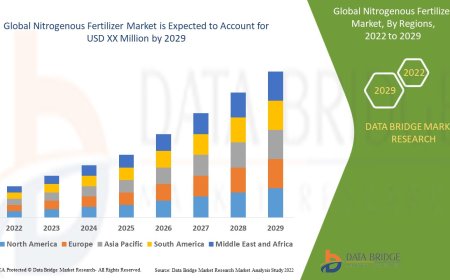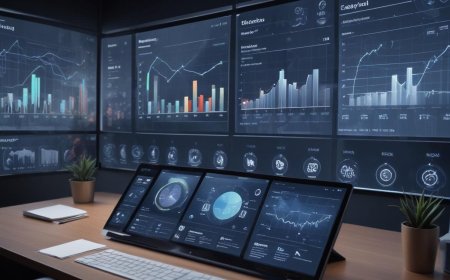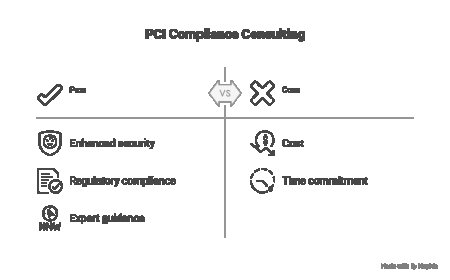Pharma Logistics: Ensuring Safe and Timely Delivery of Life-Saving Medicines
Pharma Logistics: Ensuring Safe and Timely Delivery of Life-Saving Medicines
In the intricate world of healthcare, the timely and secure delivery of pharmaceutical products is critical. Whether it's a life-saving vaccine, temperature-sensitive insulin, or specialized biologics, the logistics behind moving these medicines from manufacturing units to patients is a complex, regulated process. Pharma logistics plays a central role in this supply chain, ensuring that medicines maintain their integrity, efficacy, and safety every step of the way.
What is Pharma Logistics?
Pharma logistics refers to the end-to-end supply chain management of pharmaceutical products. This includes the transportation, warehousing, pharma logistics inventory management, packaging, and distribution of drugs and medical supplies. Unlike traditional logistics, pharma logistics requires rigorous compliance with health and safety regulations, temperature control, and traceability.
Why Pharma Logistics is Unique
1. Temperature-Sensitive Shipments
Many pharmaceutical products must be stored and transported within strict temperature ranges (e.g., 2C to 8C or -20C). This cold chain must be maintained throughout the journey to ensure the medicines chemical composition and effectiveness remain intact.
2. Regulatory Compliance
Pharmaceutical logistics must comply with international and local regulatory guidelines, such as Good Distribution Practice (GDP) and Good Manufacturing Practice (GMP). Non-compliance can result in costly recalls or, worse, compromised patient safety.
3. High-Value & Sensitive Products
Medicines are often high-value, requiring secure and sometimes discreet transport. In addition, many products have short shelf lives, making timely delivery essential.
Components of a Pharma Logistics System
a. Cold Chain Management
Cold chain logistics ensures that temperature-sensitive medications such as vaccines, insulin, and biologics are stored and shipped under optimal conditions using refrigerated containers, cold packs, and real-time temperature monitoring devices.
b. Warehousing
Pharmaceutical warehouses are not typical storage units. They are equipped with controlled temperature zones, humidity regulators, and strict access controls. These facilities also need to follow specific SOPs to ensure drug safety and integrity.
c. Inventory & Order Management
Effective pharma logistics includes sophisticated inventory tracking to manage expiration dates, lot numbers, and product recalls. Automated systems and software play a vital role in forecasting demand and maintaining a steady supply without overstocking or understocking.
d. Transportation
From air freight to last-mile delivery, transportation in pharma logistics must be fast, traceable, and secure. GPS tracking, temperature sensors, and validated packaging materials are essential in ensuring the product reaches its destination safely.
e. Reverse Logistics
In some cases, expired or damaged pharmaceutical products need to be returned or safely disposed of. Efficient reverse logistics systems help manage this process while ensuring compliance with environmental and safety standards.
Challenges in Pharma Logistics
- Maintaining Cold Chain Integrity
Breaks in the cold chain can render entire shipments useless, posing a threat to patient safety and incurring massive financial losses.
- Global Regulatory Complexity
Different countries have different regulatory requirements, making international pharmaceutical shipments complex and documentation-heavy.
- Last-Mile Delivery
In remote or underdeveloped areas, ensuring timely and safe last-mile delivery can be challenging due to poor infrastructure or lack of proper handling practices.
- Security Risks
Pharmaceutical products are a target for theft and counterfeiting. Ensuring product security and authenticity is critical, requiring robust tracking and anti-tamper mechanisms.
The Future of Pharma Logistics
- Digitalization & IoT
The integration of IoT devices allows real-time tracking of temperature, location, and security status of shipments. Blockchain is also being explored for traceability and counterfeit prevention.
- Sustainable Practices
There is a growing emphasis on reducing the carbon footprint of pharmaceutical logistics by using eco-friendly packaging, electric vehicles, and optimizing routes to reduce fuel consumption.
- AI & Data Analytics
Advanced analytics are being used to forecast demand, prevent stockouts, and manage supply chains more efficiently.
Conclusion
Pharma logistics is a mission-critical component of the healthcare industry. With the increasing demand for personalized medicine, biologics, and global vaccination efforts, the need for sophisticated, reliable, and secure logistics is greater than ever. Companies that invest in quality control, digital innovation, and compliance will be best positioned to lead the future of pharma logistics.
By ensuring that every medicine reaches its destination safely and efficiently, pharma logistics is ultimately about saving livesone shipment at a time.





































